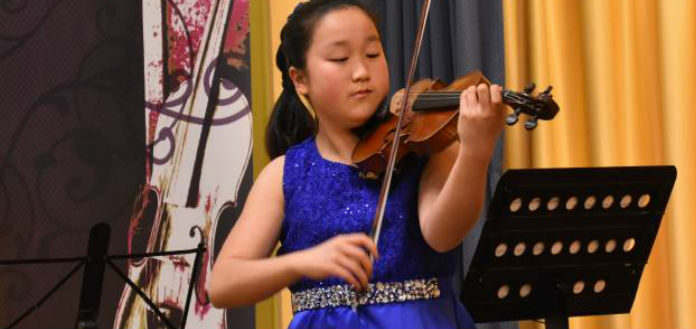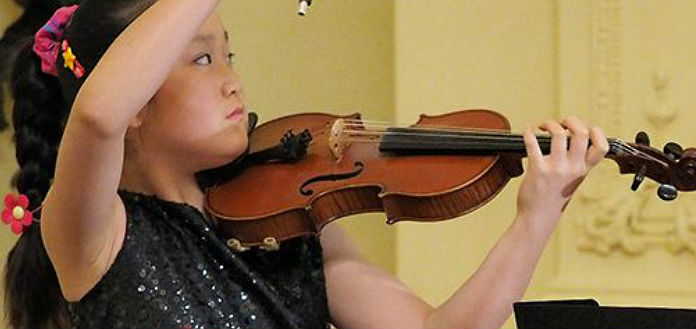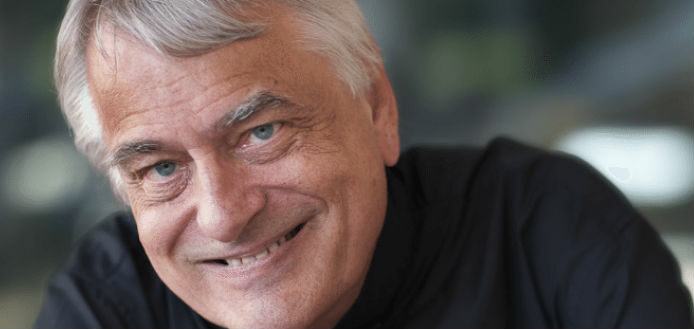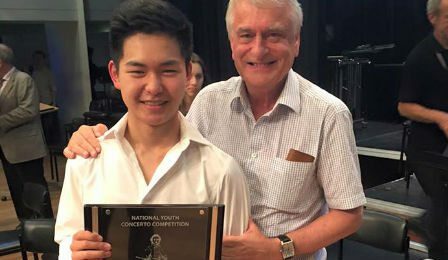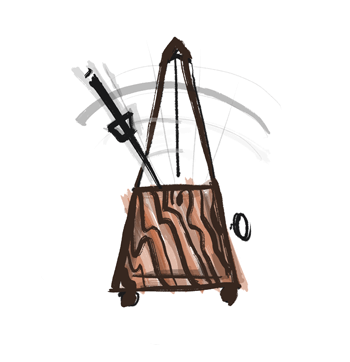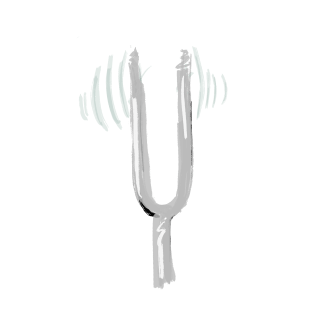Violin Pedagogue Ole Bohn on 5 Common Technical Problems & How to Fix Them
Ole Bohn discusses the 5 most common technical problems he sees in students, and what etudes and exercises he uses to fix them
As music students, most of us start out with some bad habits. Through the expert guidance of teachers, pedagogues, and music educators, we can begin to fix them. Mistakes are commonplace, but which five problems faced by students are most observed by teachers?
Sydney Conservatorium of Music Violin Professor, Norwegian violinist Ole Bohn shares his expert advice on the topic.
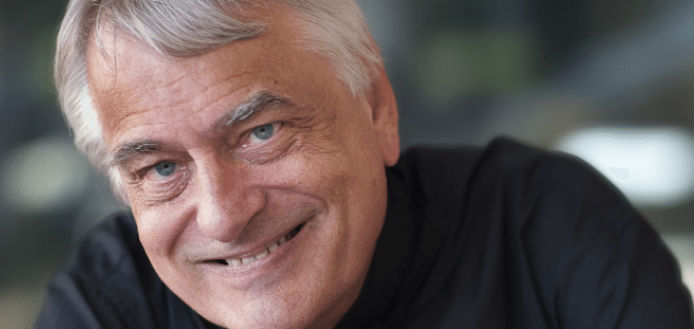
Violin Pedagogue Ole Bohn Shares Common Technical Problems & offers solutions to Fix Them
In my teaching experience, I am always reminded how differently we have to treat the students.
There are students of different levels and everyone has his or her strengths and weaknesses. This is in regard to both musical and technical issues and very often they are related. In my approach to violin playing and teaching I always think of my great teacher, Max Rostal´s advice "Maximum result with minimum effort!"
Most young violin students that come to me have some issues of tension, this can be in the whole body, or just in the arms and shoulders. Often these tensions also come from tension from inside.
It is my task as a teacher to try to help the students by first analyzing their problems and then give them exercises that can help them to overcome their obstacles.
Fortunately, there have been great pedagogues in the past who have written down various very helpful exercises and studies/etudes/caprices.
1. Tension in the Whole Body
I usually recommend students join a yoga group. This way they can learn how to control their body and breathing, something which has been proven to be very helpful.
I also ask the students to play long bows and sway their body from one side to the other, being careful not to change the angle of their violin, but rather shift the weight of their body towards the left in a down bow and to the right in an up bow.
It is important to always control our breathing and feel that there is nothing that will hinder us in producing a sound.
2. Tension in the Left Hand
Many students have problems in their left hand due to tension. This makes vibrato, change of positions, intonation, and dexterity very difficult. I make sure that the student controls the tension of the thumb. Of course, we need a certain counter pressure of the thumb, when we put a finger down on the string, but we have to reduce it to a minimum.
Exercises in changing of position are very helpful and I use Ševčík opus 8, Yost , Dounis and studies such as Kreutzer no 11 or Dont no 17. During these exercises students should always be focusing on the thumb. I also give the students vibrato exercises and apply what they have learned on Kreutzer no 1.
For intonation, we all should practice scales, and while listening we should make sure that we only use the muscles that are needed.
3. Tension in the Right Hand
Tension in the right hand makes it very difficult to obtain a warm sound, execute various bow strokes like detaché, martelé, spiccato, and sautillé. As a teacher we have to control the bow grip of the student, making sure that the thumb isn’t tight.
The fingers have to be spread evenly on the stick and also be nicely rounded.
I always tell my students that the right arm is like a fine Swiss watch. If even just a small part is rusted, the watch will not function. If a joint is locked, the bow arm doesn’t function.
I don’t mean, however, that we should move actively every joint, only the parts we need to use!
A tense bow arm will stop the natural springs of the bow.
I make sure the different bow strokes function and will apply various Kreutzer etudes for detaché, martelé, spiccato, and sautillé and little by little augment with further etudes by Rode and Dont.
4. Abrupt String Crossings
A common fault is that string crossings come very abruptly and the student will use the whole arm to go from one string to the other.
I let the student stop before a string crossing to see how little the distance between the strings actually is.
Most often we can execute the crossing with the fingers and not the arm.
To get used to this I let the student work slowly Kreutzer no 13. Paganini no 16 is also a great caprice!
In order to develop smooth string crossings in legato passages, I recommend Kreutzer no 14 and Dont no 7.
5. Lack of Dynamics and Understanding of Musical Terms
A very common fault among violinists is the ignorance of dynamics and musical terms.
Many musicians seem to just play according to their own instincts instead of actually reading the instructions given by the composers in their scores.
I know that for instance in Bach and Mozart there are very few dynamic markings and very often we have to rely on our own judgment.
We can, however, get good advice by reading the orchestra score in for instance the Mozart concerti and an understanding of harmonic structure can also be very helpful.
But we need to be able to technically execute different dynamics.
I always let my students study the caprices by Rode, where there are many dynamic markings to be observed. In this respect, the Rostal edition on Schott is great.
We cannot demand that our students should be fluent in all languages. In our times, where everyone has a smart phone, there is no excuse for not understanding what is written in the score, no matter the language.
What exercises do I recommend? Download various dictionaries to your smart phone!! As said in the beginning, every violinist is different and their problems are varied. In my teaching, I depend heavily on teaching materials from the past.
At the same time, I try to invent new exercises on the spot tailored to the student (and myself !). When that is done, I try to find a study, etude, caprice, that can help emphasize my own exercise.
Perhaps one day, I will write my own set of etudes!
–Ole
Do you have an idea for a blog or news tip? Simply email: [email protected]
Ole Böhn has pursued an extensive career as soloist, chamber musician, and teacher. Since his debut in 1969, he has performed regularly with orchestras in Europe, the US and South America. In 1983 he toured the People's Republic of China. He has collaborated with conductors such as Moshe Atzmon, Herbert Blomstedt, James Conlon, Lukas Foss, Michael Giehlen, Marek Janowski, Franz Welser-Möst, and Oliver Knussen, and is a frequent performer on radio and television world-wide. In 1990 he gave the world premiere of Elliott Carter's violin concerto with the San Francisco Symphony Orchestra and has since performed this concerto, which was written for and dedicated to him, with the leading orchestras in Europe and the United States.
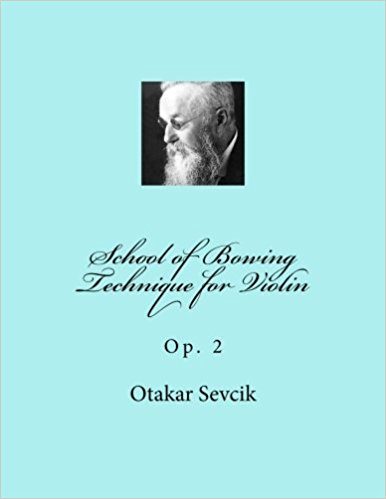
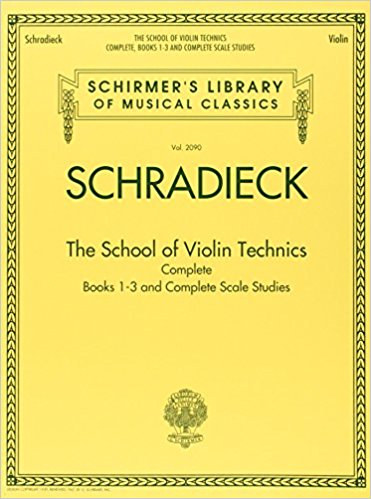
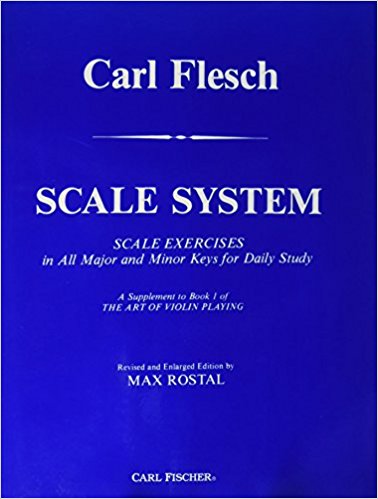
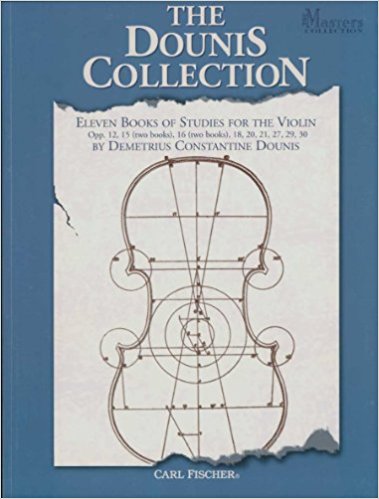
july 2025
august 2025


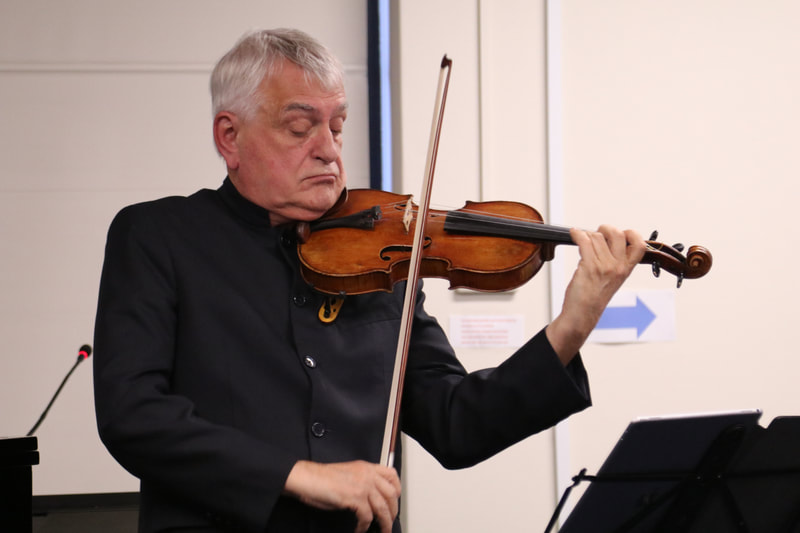


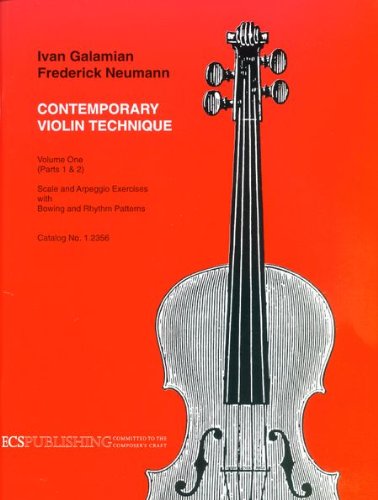
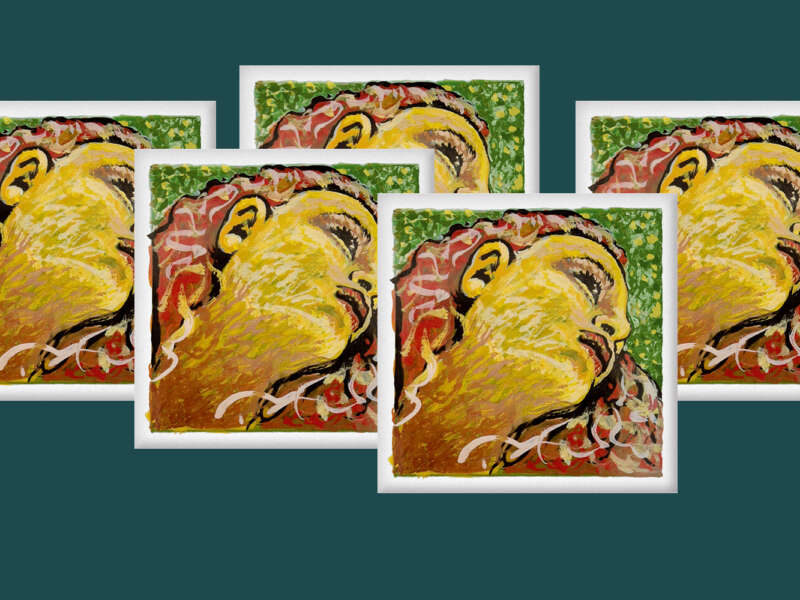

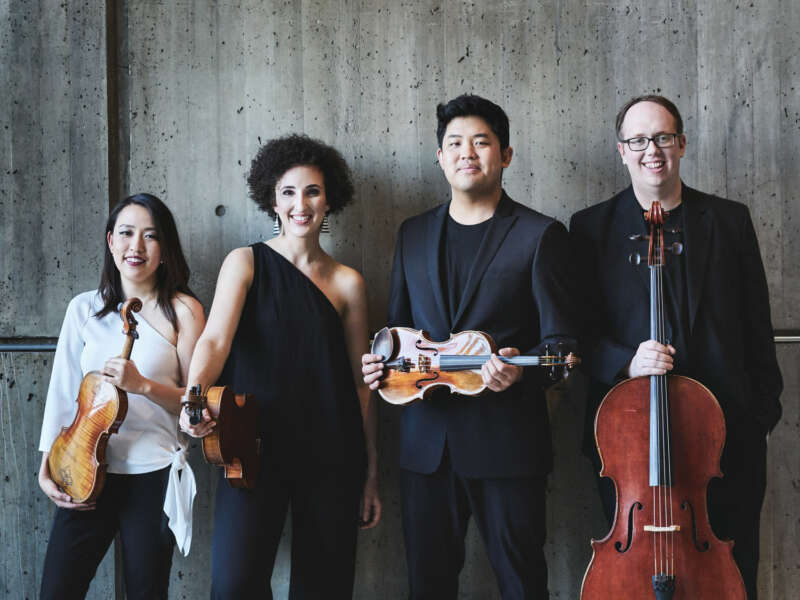
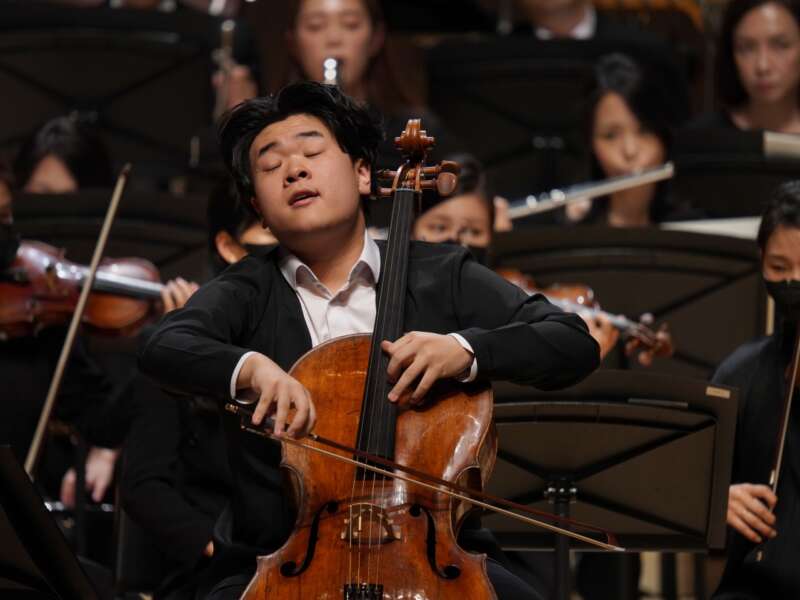
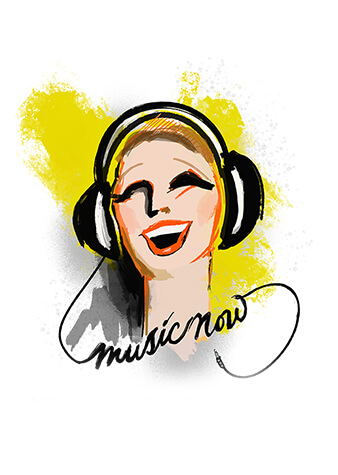
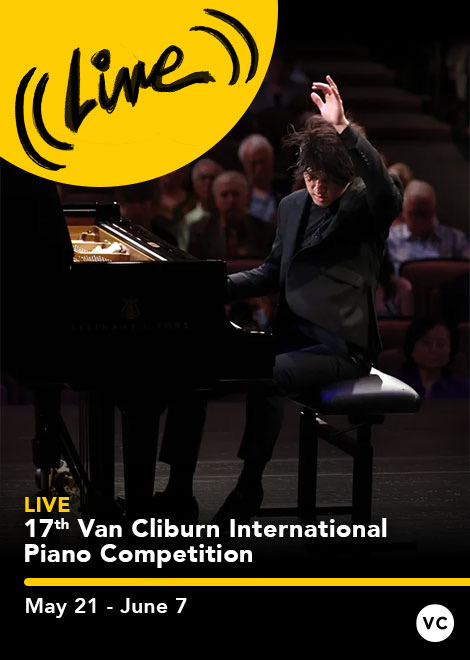
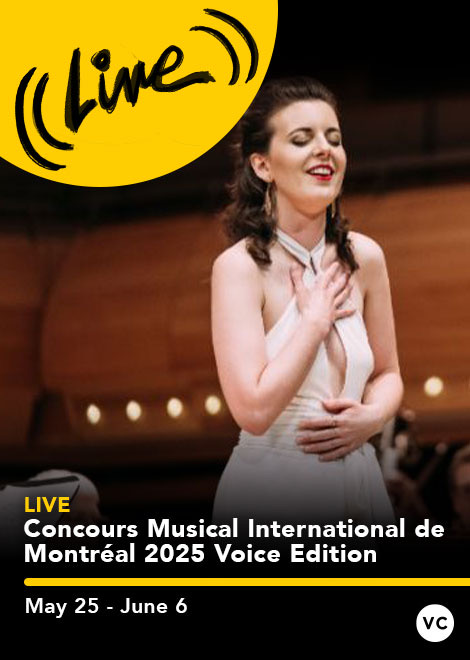


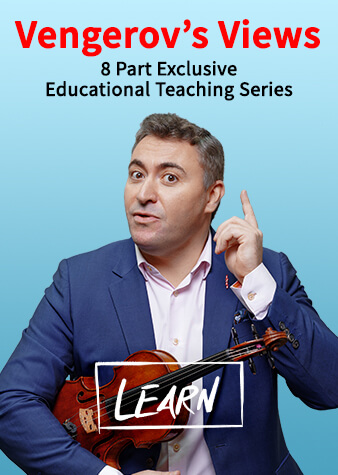
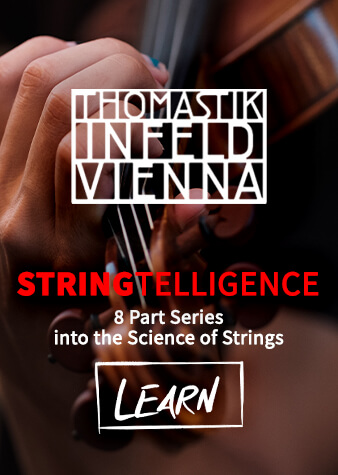

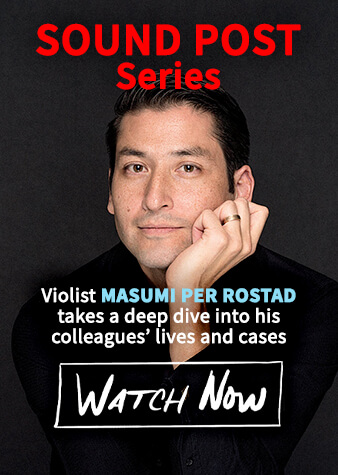



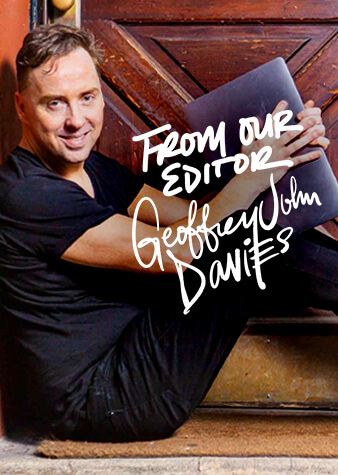


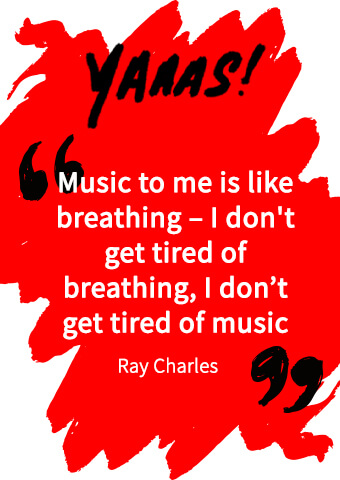

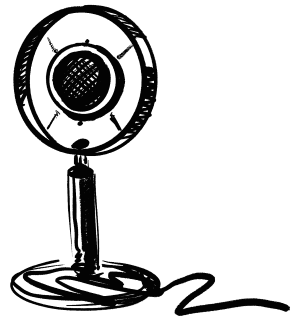

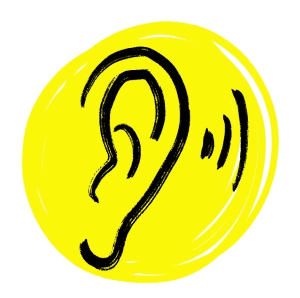
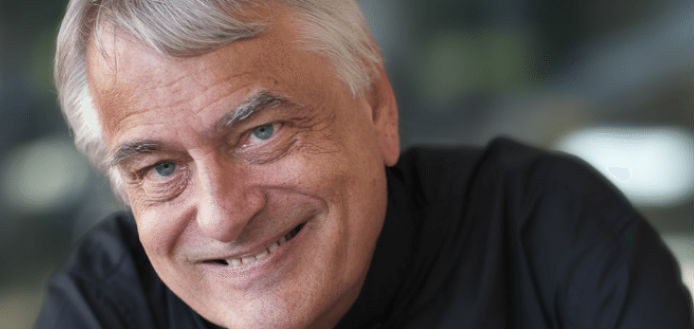
![SAD NEWS | Israeli-Born Cellist Uzi Weisel Has Died - Aged 92 [RIP] - image attachment](https://theviolinchannel.com/wp-content/uploads/2019/01/Uzi-Weisel-Cellist-Cover-800x600.jpg)
